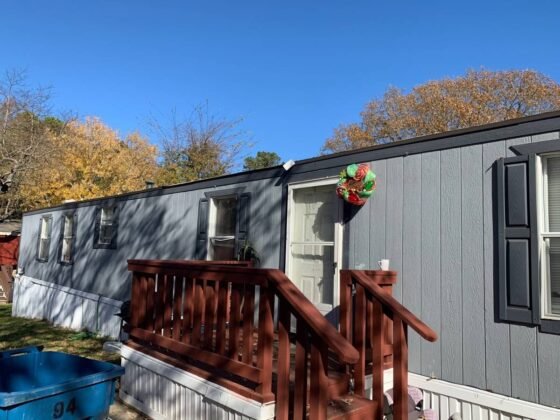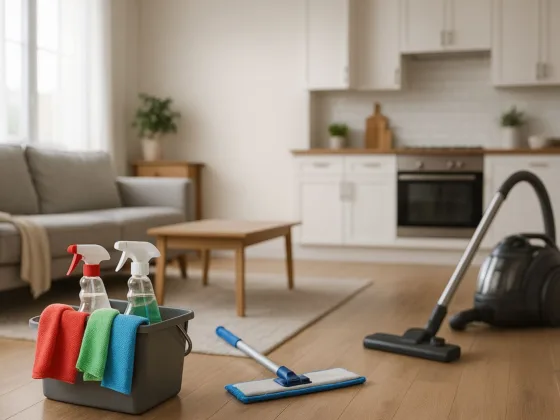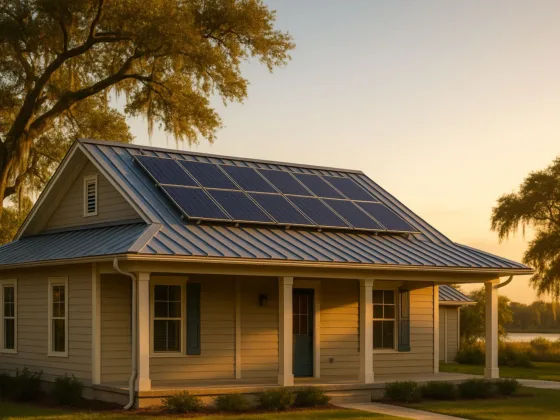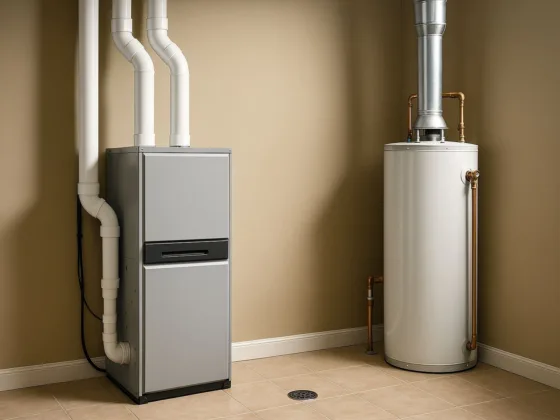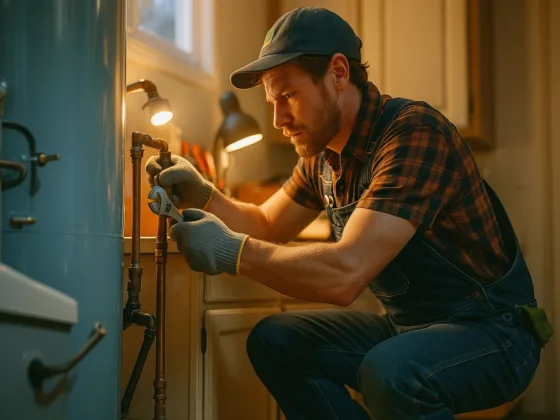Table of Contents Show
During the wet season in most Asian countries, water flows down beneath the soil toward lower regions joining river streams. Problems arise when these flows of water do not have definite ways most towards downstream. What can solve this problem?
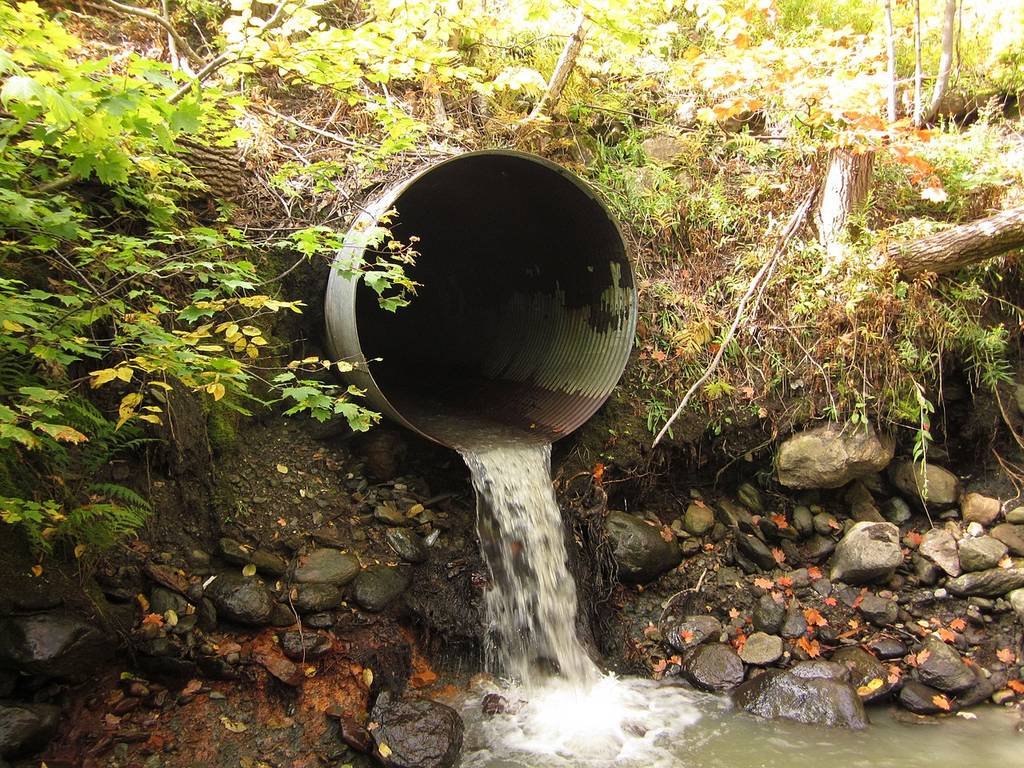
What Are Culverts?
To solve the problem indicated at the outset of this article, engineers have devised ways to make the water flow easily without damaging road infrastructures and mountainside constructions.
A culvert is a structure that permits the passage of water. These culverts can be often seen in roads, railways, trails, and other similar constructions where water needs to be diverted. The diversion of the water flow is needed so the entire infrastructure cannot be damaged.
Most often, a culvert can be made out of pipes, strong cylindrical or reinforced concretes, or any other materials including PVCs.
The material may depend primarily on the usage of the culvert. If it is to be placed on roads, then, a block of reinforced concrete or metal culvert pipes can do well the job.
Why Are Culverts Needed?
Water penetrates the soil during the wet season. In slopy areas, watercourses might crossroads and can lead to accidents for vehicles especially motorcycle riders. To prevent such from happening, culverts are installed to drive the waterways beneath going downstream.
Here are some essential reasons why culverts are needed:
Minimize Erosion
The constant flow of water often weakens the soil. If not controlled, it can lead to soil erosion and further damages. To minimize erosion, culverts are placed strategically. Culverts often reduce the buildup of standoff waters in soil. It also serves as the exit way going downstream.
Alternative to Drainage
In areas where no canals are readily installed, culverts can serve as an alternative. It is easier to place and maintain.
Cylindrical culverts are best used for this purpose. In a densely populated area, culverts can prove to be more useful.
On this account, proper management and planning must be approved by an engineer for the culvert canals to be effective and efficient. Culverts are often synonymous with drainage channels.
An Alternative to Bridges
In mountainous regions where people are regularly crossing streams, culverts can also be used as a substitute for bridges. Concrete culverts allow the flow of water below while the top can be utilized as a pathway for small vehicles and travelers.
Moreover, maintenance of culverts must be done regularly. Piles of fallen branches, wastes, and other debris might block the watercourse. It should be checked promptly most especially before the wet season arrives.
In other countries, nets are placed at the endpoint of culverts to filter wastes before they proceed to river streams. It can be effective in areas where bottle plastics are irresponsibly thrown into waterways.
The correct size of the culvert must be followed as well. Because of this, consulting an architect, an engineer and a drainage professional can prove to be of great help for you.
While culverts are primarily used in road projects and large-scale construction, they can also be done at home. For example, if your house is situated in a slopy area where the watercourse is evident during the rainy season, having a culvert that will drive the water to its pathway is important.
At some point, water can penetrate concretes and might damage the structural component of your building. Make sure to utilize waterproofing materials to strengthen the culverts.
Other usages of culverts can be utilized in farmlands where a supply of water is needed, beach drainages, and several more. Most culvert projects are part of developmental contracts by the government.
